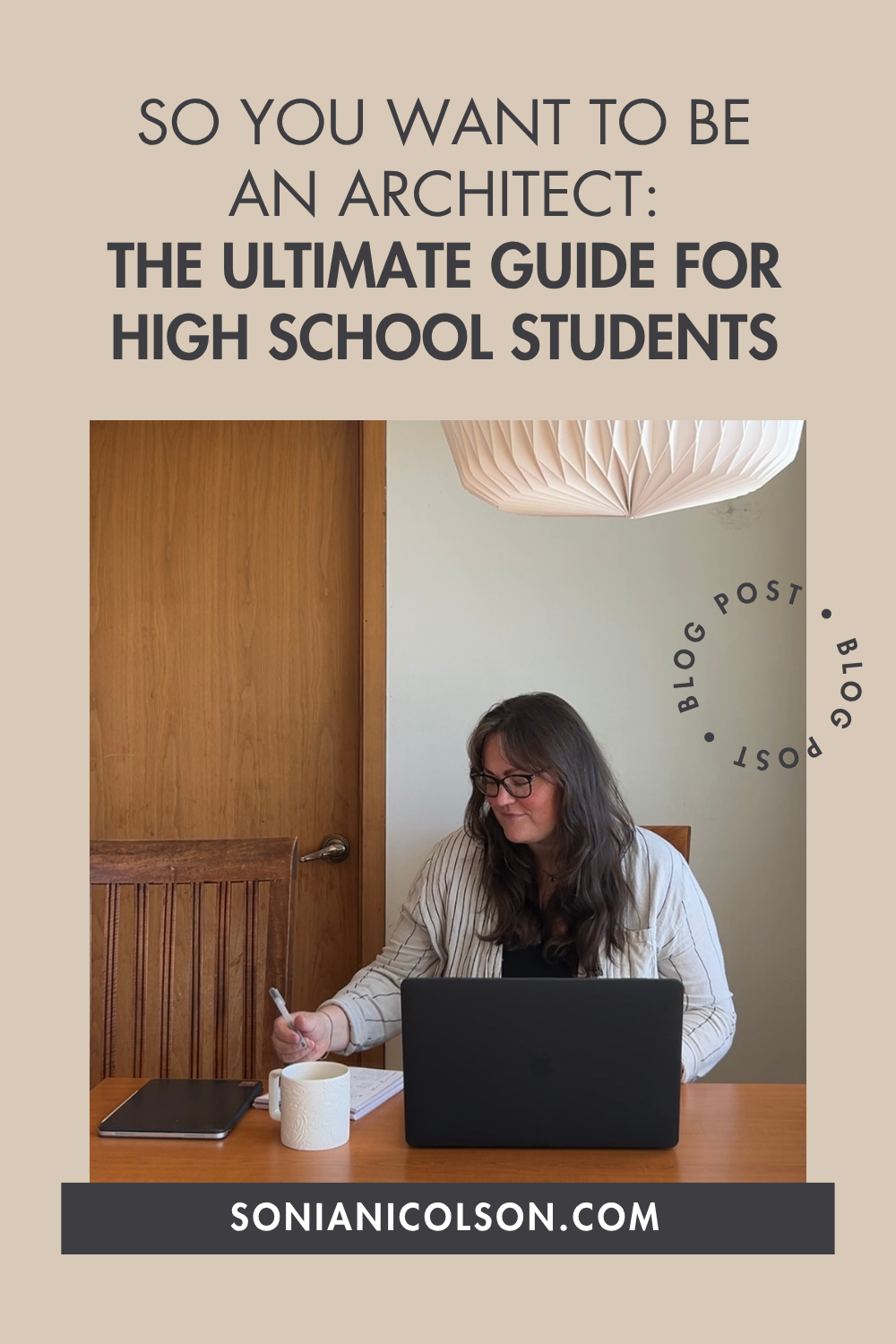My Message To Students and Graduates
/Life as a design student can be intense. Deadlines, presentations, reports, retakes, and the dreaded “computer crash at 2 am” moment. Add in calls from family when you have no time to talk, living on a budget, and you might wonder: why do we put ourselves through it?
Because it’s an investment in your future, your skills, your personal growth, your confidence, and even in the friendships that may last a lifetime. Yes, it’s hard. But it’s also exciting, inspiring, and full of moments you’ll look back on with pride.
My Education Journey
I studied Architecture for the full seven years. I moved away from home, pushed myself out of my comfort zone, and met friends who are now part of my professional network. My degree years were a mix of socialising, studying, and late nights in the studio, and I graduated proud of my 2:1. After a year’s work experience in a large practice, I used my savings to travel through Asia and Australia before starting my master’s degree.
Learning in Two Worlds
My degree was at a technical university, but my postgraduate studies took me to a creative art school. I was awarded a scholarship to complete my master’s in Japan, an experience that changed me completely. Living and studying abroad pushes you to grow in ways you can’t imagine. In Japan, I learned more about myself, my abilities, and my adaptability than I ever would have if I’d stayed in the UK.
The Unexpected Turns
Returning home, I found a great job in an architecture office, thinking, “This will do for now.” A few years later, I qualified as an Architect, packed up my desk, and moved to India.
Here’s the thing: when I was a student, I thought I’d work as an architect for the next 20–30 years. I imagined teaching at a university would happen after retirement. I never expected to be doing it in my 30s, loving it as much as I do now.
To My Students
Many of my students are either on their first work placement or finishing their final year projects. Some have a clear path ahead, others don’t, and that’s okay. Your career won’t be a straight line. It will have twists, detours, and surprises. The key is to stay open, adaptable, and ready to make the most of every opportunity.
10 Tips for Students & Graduates in Design and Architecture
Enjoy your time at university | it will probably only happen once.
Soak in the details | the laughs, the lectures, the study trips, even the tough days.
Make your work your own | show your personality through it.
Fake it ‘til you make it | you’ll learn more in the process than you expect.
Stay open-minded | don’t let your CV dictate all your decisions.
Think outside the box | and live there too. Travel, explore, seek adventure.
Document your journey | photos, sketches, journals. You’ll treasure them later.
Stay inspired | read, listen, talk, and share ideas with others.
Trust your path | it will work out, even if it doesn’t look how you imagined.
Aim higher than “fine” | if you want more, go out and make it happen..
Final Thought: Be proud of what you’ve achieved. Keep doing more. Inspire others. And if you know someone studying right now, send them a note, a parcel, or even just a few words of encouragement; it can mean the world.





































